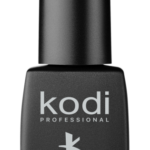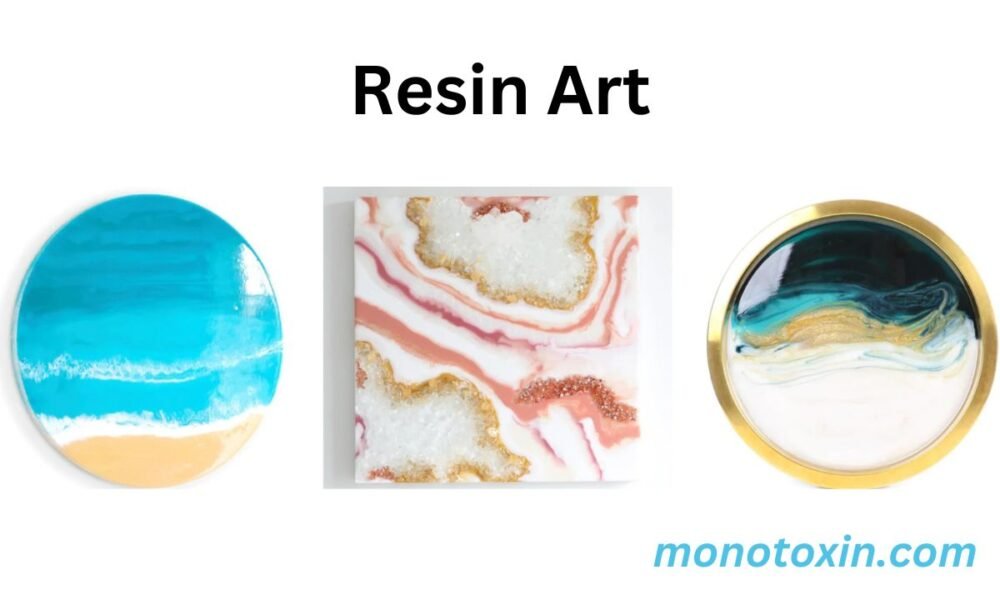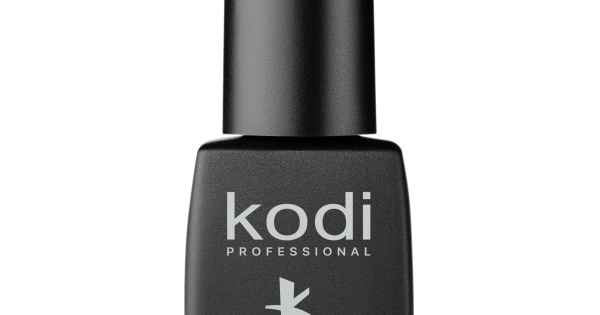Introduction
Are you looking to explore a new artistic medium that’s both accessible and endlessly creative? Epoxy resin art might just be the perfect choice for you. This versatile and captivating art form allows beginners to create stunning pieces with even the most basic techniques. From 3D paintings to unique home décor, the possibilities are truly endless. In this detailed guide, we’ll walk you through everything you need to know to get started on your resin art journey. By the end, you’ll have the knowledge and confidence to create beautiful resin art pieces that will leave everyone in awe.
Benefits of Resin Art
Simple to Learn
One of the most appealing aspects of resin art is its simplicity. Once you grasp the fundamentals, working with resin becomes straightforward. Unlike other art forms that require years of practice, resin art allows you to create impressive pieces right from the start. This makes it an excellent option for beginners looking to dip their toes into the world of art.
Versatility
Resin art offers a level of versatility that few other mediums can match. You can craft diverse projects, including 3D paintings, home décor items, jewelry, and even unique furniture pieces. This means that no matter your artistic preference, there’s a resin project out there for you. The ability to experiment with various styles and techniques keeps the creative process exciting and fresh.
Unmatched Beauty
The aesthetic appeal of resin art is truly irresistible. The glossy finish, vibrant colors, and depth created by the resin make each piece a visual delight. Whether you’re creating a simple pendant or an intricate wall hanging, the end result is sure to be stunning. This unmatched beauty is one of the reasons why resin art has gained such popularity among artists and crafters alike.
Learning Objectives
By following this guide, you’ll gain the knowledge to confidently create resin art pieces. Specifically, you’ll learn about the necessary materials and supplies, step-by-step instructions on handling and using resin safely, popular techniques for beginner projects, tips and tricks for success, and essential safety precautions. Let’s get started!
Necessary Materials and Supplies
Resin
The most critical material you’ll need is, of course, the epoxy resin itself. Epoxy resin comes in two parts—a resin and a hardener—that must be mixed together in precise proportions. Make sure to choose a high-quality resin that’s specifically designed for art projects. This will ensure a clear, durable finish.
Pigments and Additives
To add color and effects to your resin art, you’ll need pigments and additives. These can include liquid or powder pigments, alcohol inks, and metallic powders. Experimenting with different pigments will allow you to create a wide range of colors and effects in your artwork.
Tools and Accessories
You’ll also need a variety of tools and accessories to work with resin. Some essential items include mixing cups, stirring sticks, gloves, a heat gun or torch (for removing bubbles), and silicone molds. Having the right tools on hand will make the process smoother and more enjoyable.
Step-by-Step Instructions on Handling and Using Resin Safely
Preparation
Before you start your resin project, it’s essential to prepare your workspace. Make sure you have a clean, well-ventilated area to work in. Cover your work surface with plastic or a drop cloth to protect it from spills. Gather all your materials and tools so that everything is within reach.
Mixing the Resin
To mix the resin, follow the instructions provided by the manufacturer. Typically, you’ll need to combine equal parts of resin and hardener in a mixing cup. Stir the mixture slowly and thoroughly for the recommended amount of time, usually around 3-5 minutes. Ensure there are no streaks or bubbles in the mixture before proceeding.
Pouring and Curing
Once your resin is mixed, you can start pouring it into molds or onto your chosen surface. Use a heat gun or torch to gently remove any bubbles that form. Allow the resin to cure for the specified amount of time, usually 24-48 hours. During this period, keep the piece in a dust-free environment to prevent particles from settling on the surface.
Popular Techniques and Creative Ideas for Beginner Resin Art Projects
Resin Coasters
Creating resin coasters is a fun and straightforward project for beginners. You can use silicone molds to shape the coasters and add pigments, glitter, or even dried flowers for decoration. The result is a set of personalized coasters that are both functional and beautiful.
Resin Jewelry
Resin jewelry, such as pendants and earrings, is another excellent project for beginners. Using small molds, you can create unique pieces by embedding items like tiny shells, beads, or colored pigments. Resin jewelry makes for lovely handmade gifts or stylish accessories for yourself.
Resin Paintings
For those who enjoy painting, resin art offers a unique twist. You can create stunning abstract paintings by pouring resin mixed with different pigments onto a canvas. Tilt the canvas to spread the resin and create mesmerizing patterns. Add layers for added depth and complexity.
Tips and Tricks to Ensure Successful Resin Art Creations
Measure Accurately
One of the keys to successful resin art is accurate measuring. Always use precise measurements when combining resin and hardener. Improper ratios can result in a sticky or improperly cured finish. Using digital scales can help ensure accuracy.
Work in Layers
Working in layers allows you to create depth and dimension in your resin art. Pour a thin layer of resin, allow it to cure, and then add additional layers as needed. This technique is particularly useful for creating 3D effects and adding embedded objects.
Experiment with Techniques
Don’t be afraid to experiment with different techniques and materials. Try using alcohol inks to create vibrant color effects or adding metallic powders for a shimmering finish. The more you experiment, the more you’ll discover what works best for your style.
Safety Precautions and Best Practices for Working with Resin
Ventilation
Proper ventilation is crucial when working with resin. Always work in a well-ventilated area or use a respirator mask to avoid inhaling fumes. Avoid working in confined spaces to minimize exposure to potentially harmful chemicals.
Protective Gear
Wearing protective gear is essential to ensure your safety. Always wear gloves to protect your skin from direct contact with resin. Additionally, consider wearing safety goggles to shield your eyes from accidental splashes.
Clean-Up
After completing your resin project, clean your tools and workspace thoroughly. Use isopropyl alcohol to wipe down surfaces and remove any residue. Proper clean-up will help maintain a safe and tidy workspace for future projects.
YOU MAY ALSO LIKE;
Codigo De Barra Perfume Decode the Magic of Perfume Barcodes
Conclusion
Epoxy resin art is a fantastic medium for unleashing your creativity and producing stunning pieces. With its simplicity, versatility, and unmatched beauty, it’s no wonder that resin art has captured the hearts of art enthusiasts, beginner artists, and DIY crafters alike. By following this guide, you’ll have the knowledge and confidence to create beautiful resin art pieces that will leave a lasting impression.
Whether you’re crafting coasters, jewelry, or paintings, the key is to experiment and enjoy the process. Remember to measure accurately, work in layers, and prioritize safety at all times.
Ready to take your resin art skills to the next level? Sign up for our newsletter to receive exclusive tips, tutorials, and access to our community of passionate resin artists. Join us as we explore the endless possibilities of resin art together!
Frequently Asked Questions (FAQs)
- What is the best way to mix resin and hardener?
Always follow the manufacturer’s instructions for the resin and hardener ratio. Typically, you mix equal parts and stir for 3-5 minutes until no streaks remain.
- How can I avoid bubbles in my resin art?
Use a heat gun or torch to gently remove bubbles after pouring. Stir slowly to minimize bubble formation during mixing.
- What are some beginner-friendly resin art projects?
Popular beginner projects include resin coasters, jewelry, and abstract paintings using pigments and molds.
- How do I ensure my resin art is safe and durable?
Measure accurately, work in layers, and cure for the recommended time in a dust-free environment for the best results.
- What safety precautions should I take when working with resin?
Always work in a well-ventilated area, wear protective gear like gloves and goggles, and clean up thoroughly using isopropyl alcohol.











